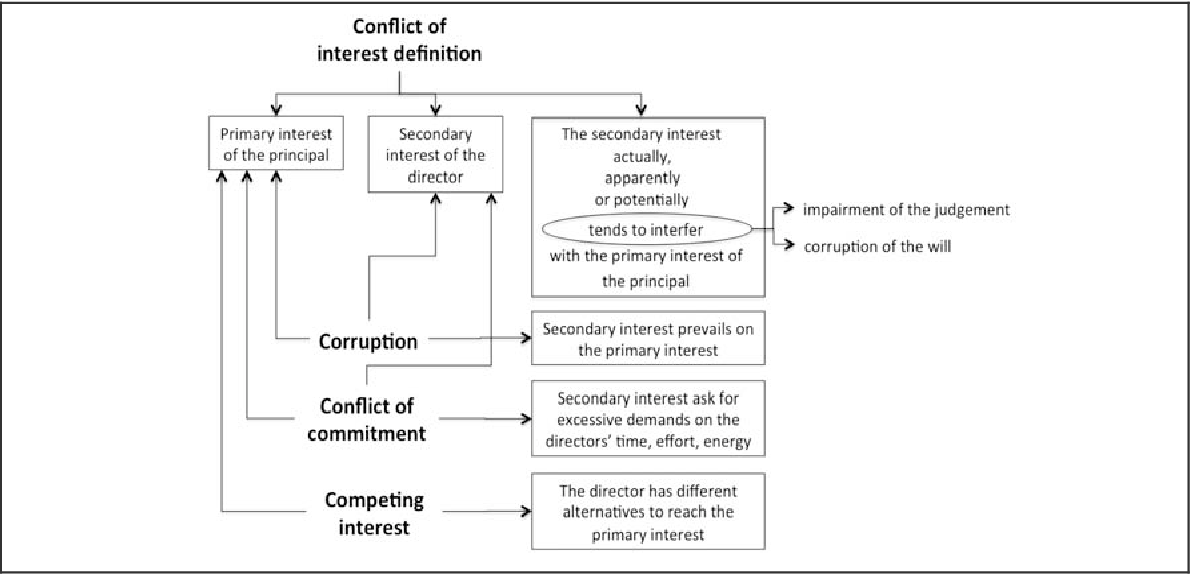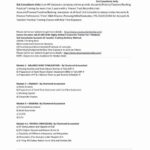
Every business should maintain a written procedures manual for the accounting system, and the manual should include specific procedures for managing accounts receivable. A procedures manual ensures that routine tasks are completed in the same manner each time, and the manual allows your staff to train new workers effectively and effortlessly. Net credit sales means that all returned items are removed from the sales total. An average accounts receivable is the (beginning balance + ending balance)/2. Take your accounts receivable management processes to create team capacity by removing manual processes, and gain critical decision intelligence to drive value.
Accounts Receivable: Mastering Effective Management Strategies
It is calculated by dividing the net credit sales by the average accounts receivable. A higher turnover ratio indicates a more efficient collection process, while a lower ratio signifies potential issues with credit policy or customer payment behavior. By implementing the right strategies, businesses can improve their accounts receivable management process and minimize issues, such as bad debts, late payments, and outstanding invoices. Effective accounts receivable management is crucial for maintaining a healthy cash flow and minimizing the risk of bad debt. Part of that is getting paid online, which helps businesses run smoother and more efficiently. Accounting software with built-in features for accepting digital payments, like QuickBooks Online, makes it easier to manage accounts receivables.
Improved billing & invoicing
It should automate tasks such as sending payment reminders, generating invoices, and facilitating online and digital payments. Managing accounts receivables efficiently will benefit the business in several ways. The most important is the increased cash inflow by a faster realization of sales to cash. It also helps you to build a better relationship with your customer by not having discrepancies in pending bills and mitigates the risk of bad debts.
What are the differences between accounts receivable and accounts payable?
This approach ensures that customers can make payments even when their authorized personnel are unavailable due to travel or other commitments. Establishing a consistent invoice delivery schedule prompts customers to anticipate and prepare for on-time payments. Establishing effective two-way communication is vital, both internally and externally.
Managing accounts receivable- why it matters
Use integration software like Zapier to set up triggers to contact clients based on inputs into your records. For example, set up a form email to send to a client when you enter into a spreadsheet that you’ve received a payment. Prompt invoicing sets the stage for all subsequent steps in the AR process. It not only establishes payment terms but also greatly influences the speed at which payments can be collected. By ensuring invoices are sent promptly, you set a positive foundation for the entire payment collection process, enabling your business to receive payments promptly.

Intuit accepts no responsibility for the accuracy, legality, or content on these sites. Marshall Hargrave is a financial writer with over 15 years of expertise spanning the finance how to calculate fcff and fcfe and investing fields. He has experience as an editor for Investopedia and has worked with the likes of the Consumer Bankers Association and National Venture Capital Association.
As customers pay off their outstanding debts, the cash inflow increases, improving the company’s cash flow position. The cash flow statement captures this impact, linking the balance sheet and the income statement. Accounts receivable changes are reported in the operating cash flow section since they are related to the company’s primary revenue-generating activities. Manually tracking credit utilization is a cumbersome process, requiring involvement from multiple stakeholders. Credit reviews are time consuming, and unnecessary credit holds cause function and risk lost revenue. Risk assessments can be labor-intensive and create blind spots for the AR team.
We, obviously, are looking to make sure that money is coming in faster than what money is coming out. Yes, accounts receivable should be listed as an asset on the balance sheet. To further understand the difference in these accounts, you need an overview of a company’s balance sheet.
Adopting an electronic invoicing system allows clients to make hassle-free online payments. Integration of billing and payment processes streamlines record-keeping, reducing manual tracking and minimizing the risk of errors. The Accounts Receivable process often involves a range of manual tasks, those manual actions both create costs and decrease collector effectiveness. By automating more of the AR process and thus reducing manual effort, companies can improve collector effectiveness and accelerate collections.
Plus, it explains where the balance is posted in the financial statements. You’ll read about accounts receivable turnover, the ageing schedule, and how to increase cash flow. Maintaining customer master data, and storing it in a centralized data-based system, is another example of how modern accounting can improve accounts receivable management. The processes and metrics mentioned above contribute to the overall management of accounts receivable. Relying on traditional, manual-entry applications can be detailed, time-consuming, and labor-intensive. Further, it also measures how efficiently you as a business use your assets.
These receivables function as a short-term asset on a company’s balance sheet, often appearing as an IOU from clients or customers. Maintaining positive cash flow is always important, but even more in times of economic volatility, company growth, or unexpected events. In recent years, the use of accounting software for managing financial processes has grown in importance. This software facilitates the seamless handling of various accounting tasks, including journal entries and maintenance of the general ledger.
That was one of the biggest insights is that our business units, our customer-facing teams and our supply-chain teams, the commodity-management teams, they were not working well together. You’ll lose some revenue with these payment terms, but you’ll collect some cash faster. You can use a number of strategies to increase cash collections and reduce your receivable balance. The cash is received in April, but the revenue is correctly recorded in March. Using accounts receivable posts the revenue in the month earned, and your accounting records are consistent with the accrual basis. The accounts payable balance is the total amount of unpaid bills owed to third parties.
- Relying on traditional, manual-entry applications can be detailed, time-consuming, and labor-intensive.
- We’ll also look at how companies are optimizing Accounts Receivable with new technologies, such as automation, process mining and execution management.
- The collection agency will then initiate the process of collecting the owed debt.
- Individual phone and email outreach or physically mailing paper checks and invoices can grind collection processes to a halt.
- It increases efficiency, avoids redundancies, and eliminates mistakes that could waste time or profitability.
Effective management of accounts receivable is an essential aspect of maintaining a positive cash flow for B2B businesses. It encompasses a range of tasks, including the initial onboarding of customers and evaluating their creditworthiness, as well as the subsequent issuance of invoices and the collection of payments. The accounts receivable (AR) process is a systematic set of actions that businesses follow to invoice clients, track payments, and collect funds owed for goods or services provided. It acts as a connection between sales and revenue, ensuring that transactions are completed through timely payments. Companies can’t fix what they can’t measure, which is why companies must evaluate their AR performance to accurately assess their accounts receivable management performance.
Sometimes it might be the right move for your company to outsource AR but ask yourself if you are doing it for the right reasons. If you are outsourcing only because of the operations of AR then this is a mistake. Instead, opt for using specialized AR software that will keep this process internal and will do most of the heavy lifting of the collection process thanks to automation. Keeping AR internally ensures you are adding value to your customer relations, and you are sending invoices and reminders at appropriate times and to the right points of contact. External AR management simply does not have the insights that you have in your own business and will likely fail at providing the right service and keeping good relations with your customers. Outsourcing accounts receivable also makes it harder to facilitate communication among your teams to keep everyone in the loop about their clients.

In other words, the credit balance in the Allowance for doubtful accounts tells you the amount that is doubtful to be collected from your credit customers. In other words, you provide goods and what is the expanded accounting equation services to your customers instantly. However, you receive payments for such goods and services after a few days. Typically, you as a business usually sell goods on credit to your customers.
Remember that even if you outsource your AR management someone from your business will always have to get involved. AR management can be a tedious process but it’s not something that you will completely be able to outsource. Additionally, we will be sharing free accounts receivable templates with you to make implementation easier. Yet, managing it effectively can be a complex task fraught with challenges—from delayed payments to reconciliation errors. Our receivables team was more embracing on this because, frankly, there’s a lot more going on that requires external support versus on the payables side.
Avoid clutter and ensure all necessary details are included for a smooth payment process. The lack of a mechanism for utilizing empirical data hinders the ability to forecast potential adverse redondo beach quickbooks accountant consequences. Effective credit policies necessitate periodic reviews, encompassing benchmarking, escalation procedures, and customer credit scoring, which can ultimately boost revenue.
Adam Hayes, Ph.D., CFA, is a financial writer with 15+ years Wall Street experience as a derivatives trader. Besides his extensive derivative trading expertise, Adam is an expert in economics and behavioral finance. Adam received his master’s in economics from The New School for Social Research and his Ph.D. from the University of Wisconsin-Madison in sociology. He is a CFA charterholder as well as holding FINRA Series 7, 55 & 63 licenses. He currently researches and teaches economic sociology and the social studies of finance at the Hebrew University in Jerusalem. By offering a range of payment options, you enhance convenience for your customers, eliminating the need for them to disrupt their daily routines to fulfill payment obligations.
AR management must also include a process for working with collections agencies for those instances when accounts are determined to be uncollectible. It expands the pool of potential customers who can purchase goods or services, and it gives them greater payment options. Further, goods sold on credit have a risk of non-payment attached to them. Thus, bigger the difference between Gross Receivables and Net Receivables, bigger the issue with your business’ trade credit and collection policy. Thus, Net Accounts Receivable are used to measure the effectiveness of your business’ collection process from customers to whom goods are sold on credit. It’s common for large corporations to hire employees to handle accounts receivable solely, but smaller businesses may not yet have the means.
